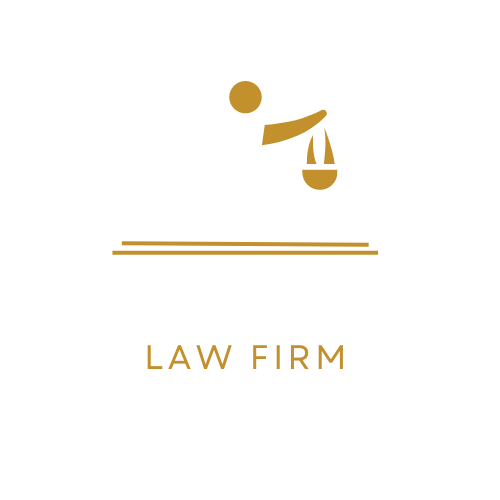Due to the Supreme Court accepting only a limited portion of cases petitioned for review, only an elite group of lawyers are given an opportunity to appear before it and argue their cases before them. This group includes attorneys working for large private firms or state offices with an appeals practice in front of it.
As judges become familiar with which attorneys to trust, national lawmaking may become increasingly controlled by an elite few lawyers.
Number of Justices
When Supreme Court Justices gather for group photos, they sit in order of seniority from front to back. At present, this includes Associate Justices Sonia Sotomayor and Clarence Thomas as well as Chief Justice John Roberts and Associate Justices Samuel Alito and Elena Kagan in the front row; behind them sit Associate Justices Amy Coney Barrett Neil Gorsuch Brett Kavanaugh Ketanji Brown Jackson among others. Each Justice hires several law clerks who review petitions for certiorari reviews research cases prepare bench memos draft opinions or prepare bench memoranda/opinion draft opinions – typically recent graduates from top law schools.
The United States Constitution stipulates that “The judicial power of the United States shall be vested in one Supreme Court and such inferior courts as Congress may from time to time ordain and establish.” Congress amended this provision on six occasions from 1790 until 1869 when they finally settled on nine justices. Between 2013 and 2017 WilmerHale was the most active firm, followed by Hogan Lovells, Catherine Stetson and Danielle Spinelli who all appeared regularly as attorneys arguing cases before more than 35 justice votes between 2013-17.
Number of Lawyers
Remarkably, only around 5,000 attorneys in the U.S. have ever appeared before the Supreme Court directly, yet this small cohort can have an enormous impact on its decisions by choosing which arguments are heard before it.
Experienced Supreme Court attorneys understand which arguments will have the highest chance of being approved by each justice, and can formulate positions which gain their support. This can have a tremendous impact on whether their cases win or lose and how the verdict is written.
Some scholars contend that this effect is overstated, with justices’ policy preferences more significant than advocates’ positions. Others have constructed more rigorous data-backed accounts of advocacy. Their analysis found that justices may presuppose certain attorneys’ positions based on past performance, regardless of any changes in those attorneys’ positions due to policy preferences or particular attorneys.
Number of Cases
The Supreme Court accepts only a fraction of petitioned cases each year, known as grants of cert. To have your case heard by them, four out of nine justices must vote “grant cert”, meaning your chances at success depend heavily on who opposes you in Court proceedings.
To decide a case, the justices read briefs from both sides and hold oral arguments – these usually last less than two hours, giving lawyers little time to make their arguments. Anyone affected by the case can also write an amicus curiae brief (known as amicus curiae brief ) outlining why the Court should hear their claim.
Mitu Gulati and Tracey George of the University of Virginia School of Law conducted an in-depth analysis on who wins court cases, and discovered some interesting patterns and trends. For example, attorneys who argue frequently tend to experience higher win rates; their authors speculate this may be because justices become familiar with which lawyers provide reliable reporting of facts and have knowledge of prior case law.
Number of Oral Arguments
The Supreme Court Justices typically hear approximately 70-80 oral arguments each term, providing an opportunity for them to ask attorneys questions and highlight specific points from their briefs. Counsel should assume they have read them thoroughly prior to hearing oral argument.
The graph below displays OSG attorneys who received at least 30 votes from justices this term (representing at least 50% of votes cast for them), showing that Justices appreciate experienced Supreme Court lawyers as they know they can rely on them to accurately report facts and summarize case law correctly.
During this term, Justices’ interrupting behavior has been slightly more active than prior terms; however, individual patterns vary. Gorsuch’s interruptions have increased from previous terms while Sotomayor’s remain steady. Justice Kagan has increased her interruptive rate from prior terms while other justices’ interruption rates do not differ greatly either way.

